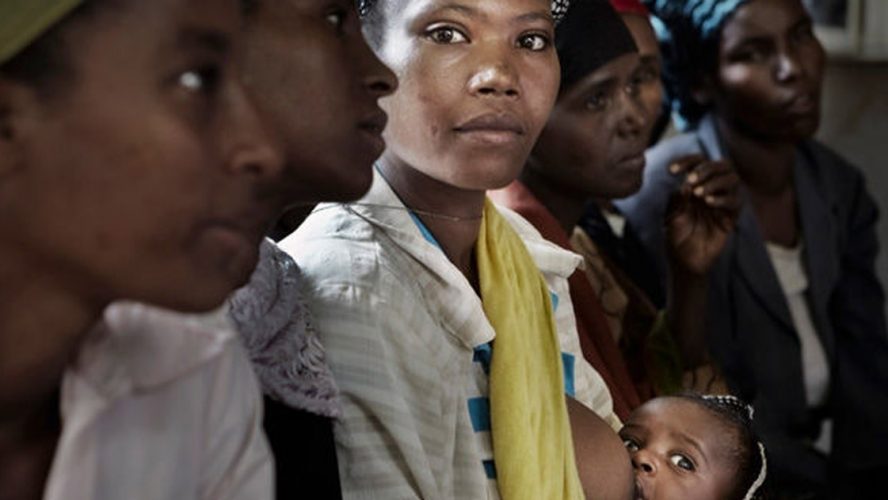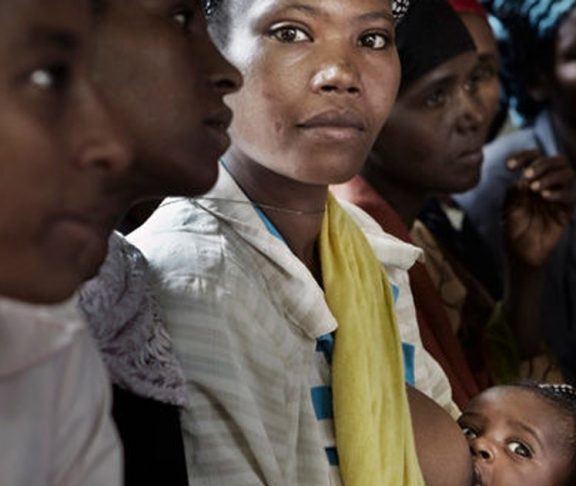
Dr Rajiv Bahl
Acting Director at Maternal, Newborn, Child and Adolescent Health (MCA), World Health Organization
A protracted public health emergency in need of our immediate attention and action.
Every year, 300,000 women die due to preventable causes of death during pregnancy and childbirth.1 In addition to mothers dying prematurely, 5.3 million babies are stillborn or die in their first month of life.2, 3 These deaths occur in the poorest geographical areas, often go unnoticed, un-registered, and un-investigated by the same health system that should have saved them by simple, evidence-based measures.
From a human rights perspective, a normal life event such as pregnancy and childbirth, should not be associated with risking death.
In a well-developed health care system, women survive childbirth, and also live to see their child survive its fifth birthday and beyond. From a human rights perspective, a normal life event, such as pregnancy and childbirth, should not be associated with risking death.
The World Health Organization (WHO) works closely with Member States and partners to ensure that health care systems deliver high quality care, which is universally available and accessible to all, especially the most disadvantaged and vulnerable billions.4 Essential components of health care includes prevention, early detection and treatment of complications during pregnancy, childbirth, and postnatal period by health worker with appropriate midwifery skills; and access to family planning to allow women and families time and space any desired pregnancies.
Given the underreporting of the true magnitude of deaths of mothers and babies, strengthening health data collection for data driven decision making is essential for tracking results and hold governments accountable for improving the health of their populations.
In spite of the 44% reduction of maternal deaths during the Millennium Development Goal period (1990-2015), the annual rate of reduction will need to be doubled or even tripled in order to reach the Sustainable Development Goals by 2030.5 To achieve the ambitious global goals to which world leaders have committed, financial, geographical, and cultural barriers must be removed.
Universal health coverage will only be possible if improvement in access to care is informed by data collected on births, deaths and causes of death, and among the most vulnerable in low- and middle-income countries. Every misclassified and unrecorded death of a mother or her baby is a lost opportunity to achieve quality of care for all, and for ending preventable deaths of mothers and their babies.
1 World Health Organization. Trends in maternal mortality: 1990 to 2015. Estimates by WHO, UNICEF, UNFPA, World Bank Group and the United Nations Populations Division. 2015.
2 Lawn JE, Blencowe H, Waiswa P, et al. Stillbirths: rates, risk factors, and acceleration towards 2030. Lancet 2016;387(10018):587-603. doi: 10.1016/S0140-6736(15)00837-5 [published Online First: 2016/01/19]
3 UNICEF W, World Bank Group and United Nations. Levels and Trends in Child Mortality Report 2017, 2017:36.
4 World Health Organization, 13th Global programme of Work (GPW), 2018
5 Every Woman Every Child. 2015. Global Strategy for Women’s, Children’s and Adolescents Health 2016-2030.

